When most people think of taking a vacation in Italy, they think of the major romantic, historic and artistic destinations such as Rome, Venice or Tuscany. But for an avid lover of all things Italian, there is no reason to overlook the important city of Milan, which is the second largest city in all of Italy today.
Milan (or Milano in Italian) is thought more of as a commercial and business center of Italy than a tourist destination, particularly as the city suffered extensive damage during World War II. Even so, one will find incredible art treasures in Milan - a city where Leonardo da Vinci left a significant mark and influence on many artists who followed in his footsteps. Milan is also close to Northern Italy's magnificent Lake District, easily reachable by rail or by road. Milan is a very metropolitan, modern city with much to enjoy for those who love fine food, trendy shopping and various forms of entertainment.
In 2011, I spent five days in Milan during a two-week vacation split between several wonderful Italian destinations. Let me share with you some of the reasons why I think you should try to spend some time in Milan in the future as well.


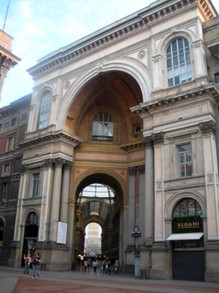
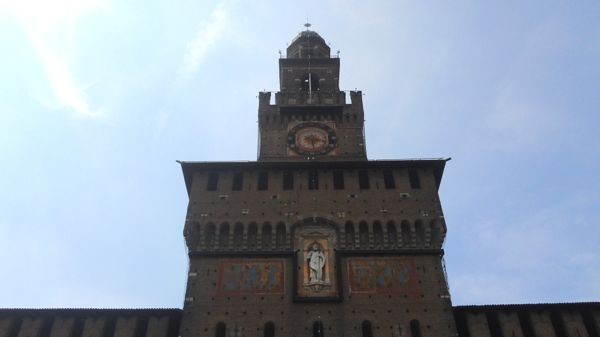
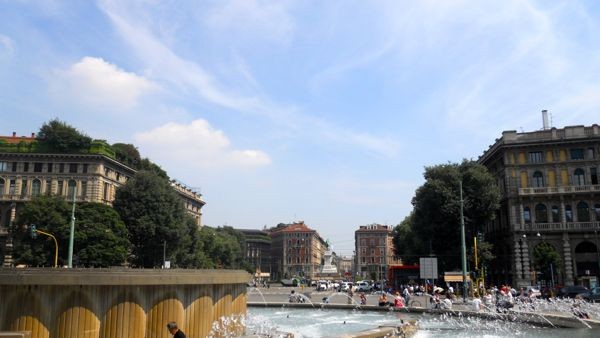

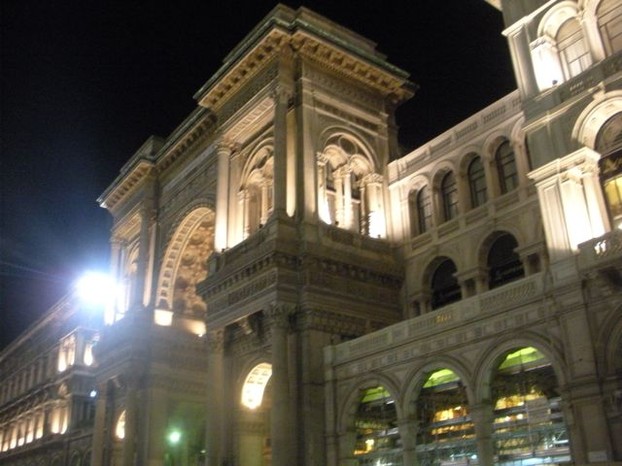
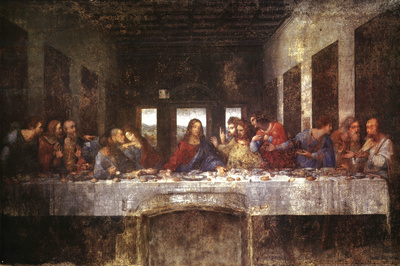

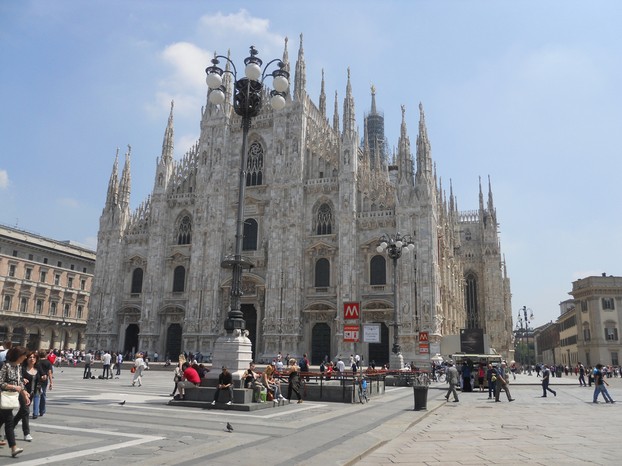
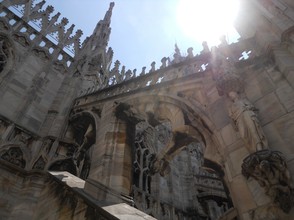
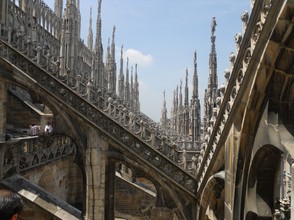
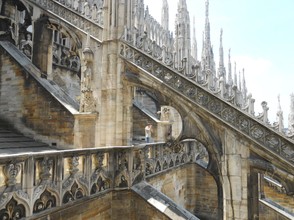
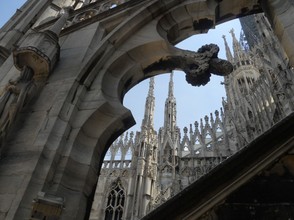
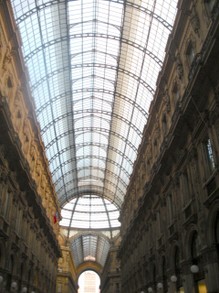
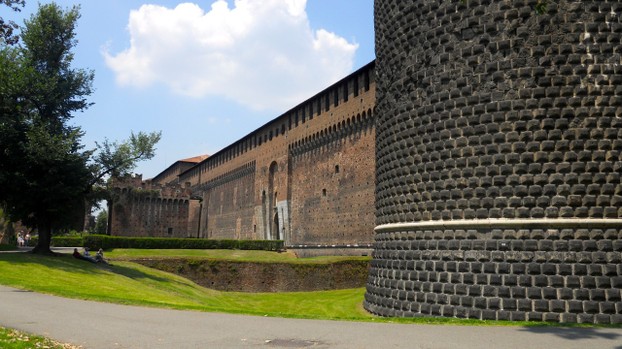
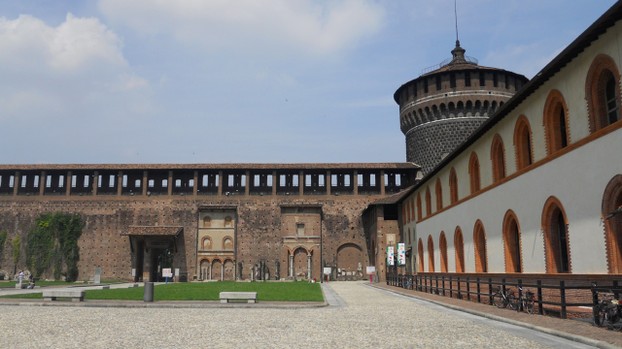
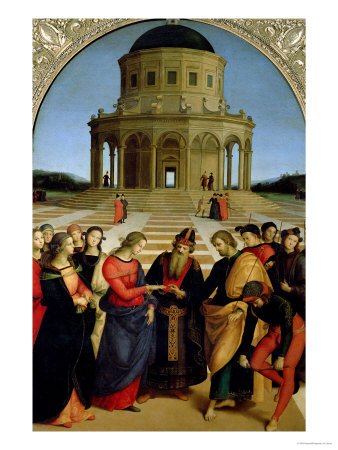



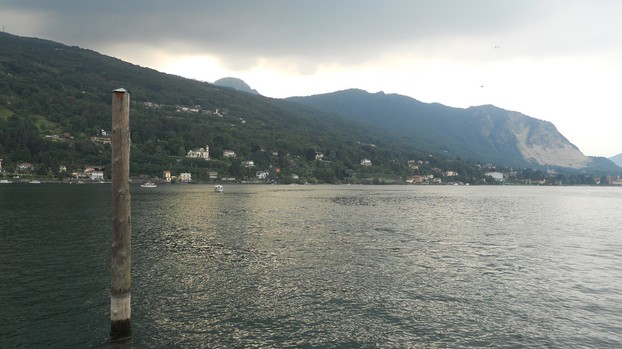
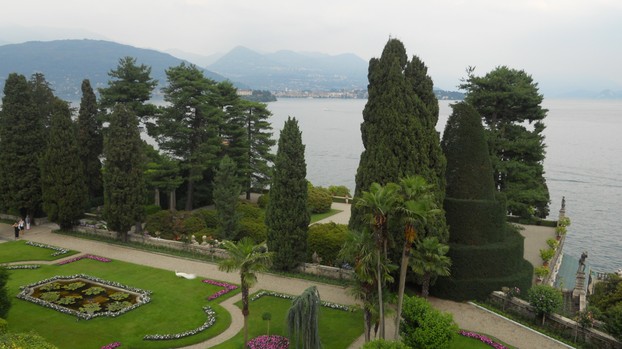

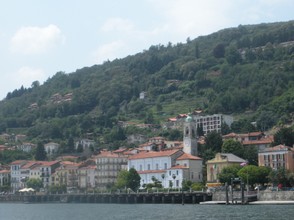
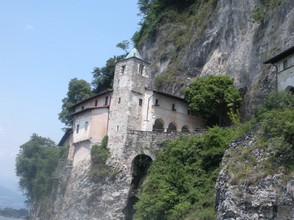
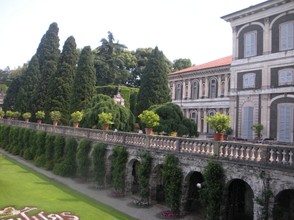
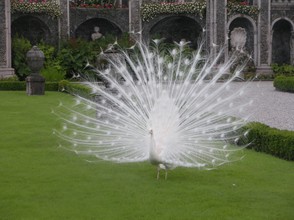
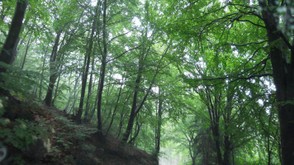
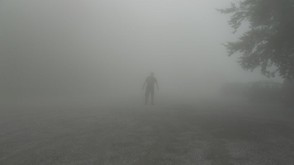
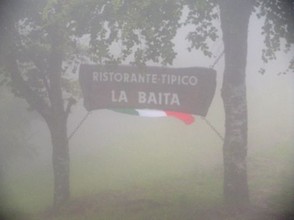
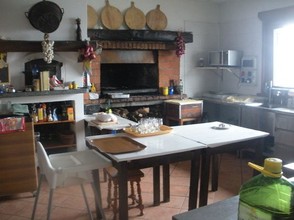
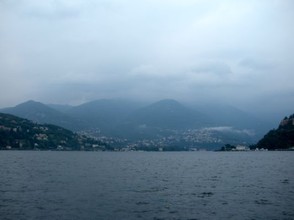
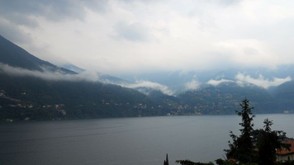




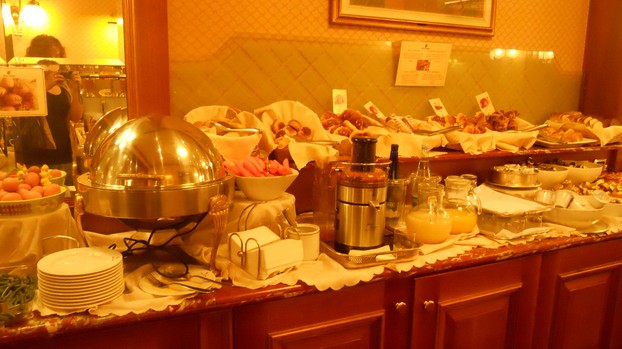
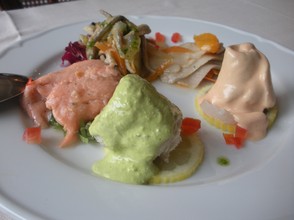
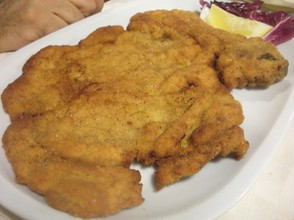
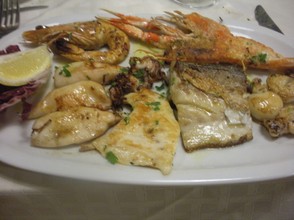

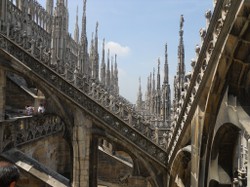

 A Potentially Fatal Accident in the Homeon 11/24/2018
A Potentially Fatal Accident in the Homeon 11/24/2018
 Windsurfing Lessons on Montserrat: One of My Funniest—and Fondest—Travel Memorieson 11/20/2018
Windsurfing Lessons on Montserrat: One of My Funniest—and Fondest—Travel Memorieson 11/20/2018
 Christmas Ornaments Celebrating Rome, Italyon 11/12/2018
Christmas Ornaments Celebrating Rome, Italyon 11/12/2018
 Philadelphia-Themed Christmas Ornamentson 11/09/2018
Philadelphia-Themed Christmas Ornamentson 11/09/2018

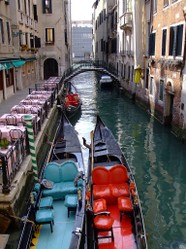
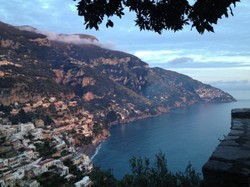
Comments
Your articles on Italy seem to have outstanding images, and I have viewed several. It is noce to have you share your pictures.
My mother's family is from Finale Emilia outside of Bologna, so I've spent a lot of time in this area. It is everything, you say it is. I think it has the best food in the world.